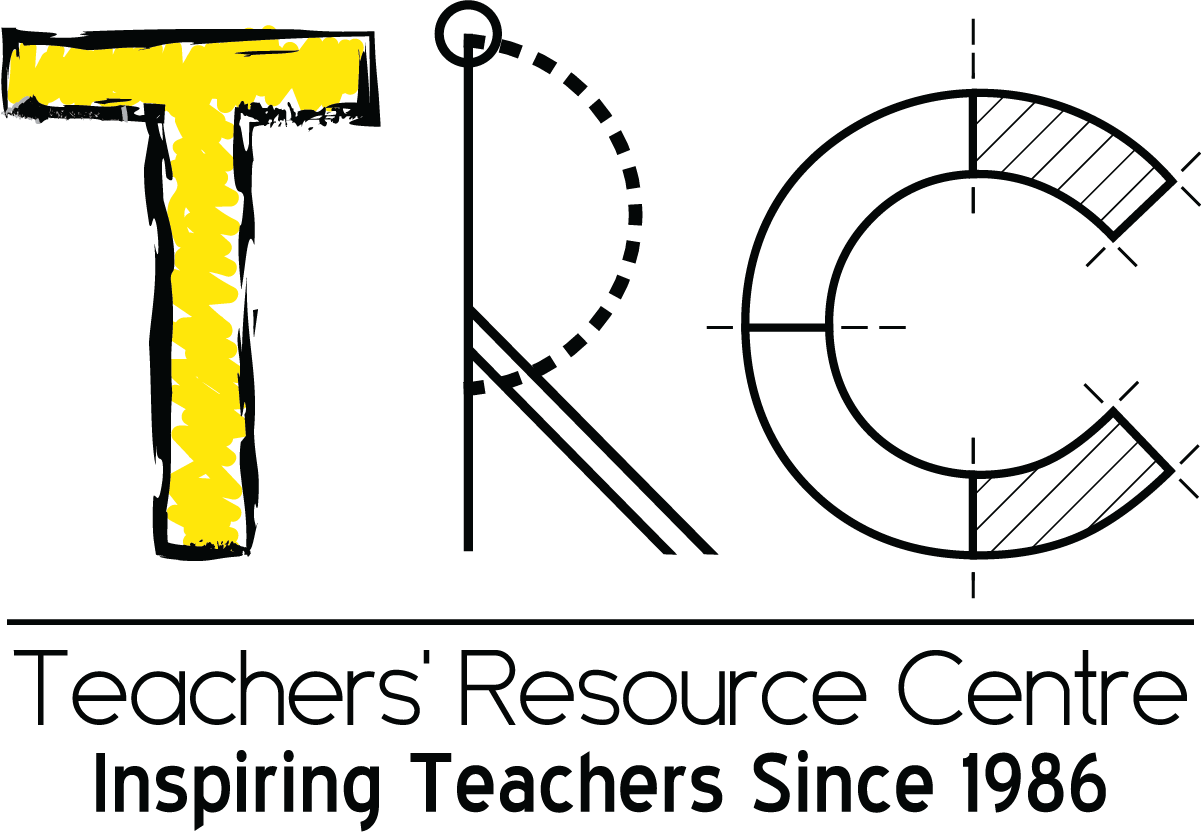No products in the cart.
Engaging Preschoolers in Creative Play & Art
The experience of experimenting with different material and of letting their imagination run unrestrained during a mental or physical exercise helps young children develop meaningful connections in the mind. In this month’s Ilm o Amal, TRC staff explores simple way to integrate art and play in a preschool setting.
Experiences developed through play and art are crucial for a preschooler’s learning and development. For the average preschooler, play and art is all about creating. Since preschoolers need the time, the material and the space to be creative, teachers should include creative spaces in the classroom and invite children to engage their imagination and express themselves there. Use the creative spaces in your classroom to encourage free-flowing creative activities. With free flowing activities a preschooler may not necessarily end up creating anything, however he or she will definitely come away having learnt something from the process of exploring and playing. Here are some easy ideas for creative expression that you can try out in your classroom.
Free-Flow Art & Craft
Everyday classroom supplies, such as construction paper, glue and string will allow your preschoolers to 
Free Drawing
Drawing freely without any prompts t is especially fun for children. However, sometimes children are so used to being directed by a teacher or another adult that free drawing may require some prompting and prodding on your part. To encourage your students, tack up their free flow drawings on the classroom display board when they are done.
Animal Actions
Using prompts like flashcards with pictures of all kinds of animals (farm, zoo and sea) ask the children to move like them. If a child doesn’t know how a certain animal moves, give him or her a few hints. For instance, you can tell the children that kangaroos leap, cats stretch and that horses gallop. Children love to move and express themselves and may come up with their own interesting interpretation of an animal’s moves.
Build Your Own Instrument
This activity is a lot of fun because young children love music and they also enjoy creating things.
Help your class of preschoolers put together a simple tambourine by colouring, decorating and stapling 
Questions to Spark the Imagination
Ask your preschoolers a question that would require them to use their imagination. You can ask them to “Find another use for a teacup” or “How would you live in outer space?” Let the children come up with the craziest and funniest answers. Explain to them that there are no wrong answers. They may surprise you with their creativity and imagination.
Bring a Cardboard Box
Bring one large box or several small ones to the classroom and let the children decide what it is. Is it a house, a robot, a car or something else? Let them decorate it in any way they want. Help them if they need
The experience of participating in a mental or physical exercise and of touching, cutting, poking and experimenting with different material helps children develop meaningful connections in the minds. Such creative expressions help preschoolers develop their imagination and expands their curiosity. Experiment in your classroom with these activities and write back to us on [email protected] with your feedback on how it went.
October 2017


